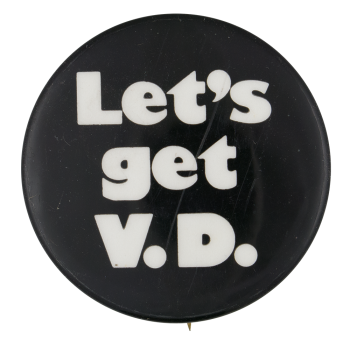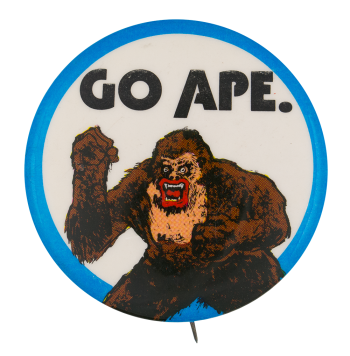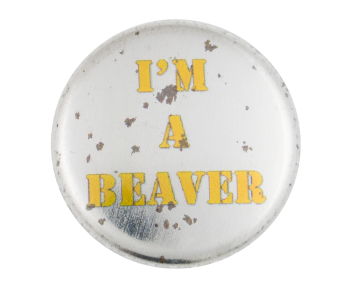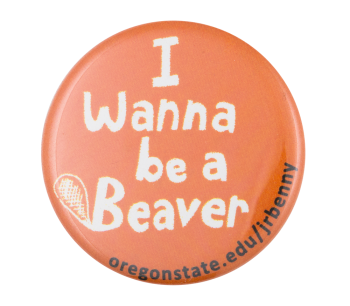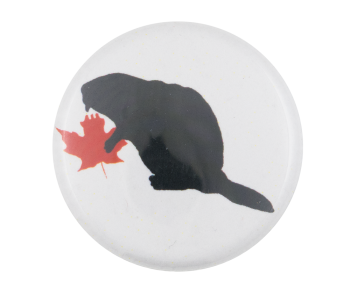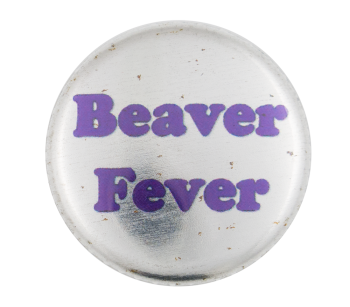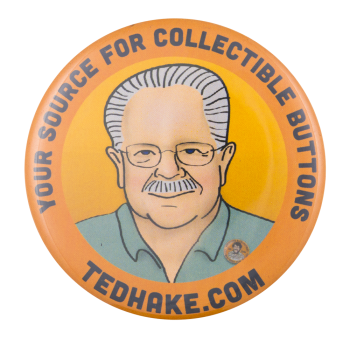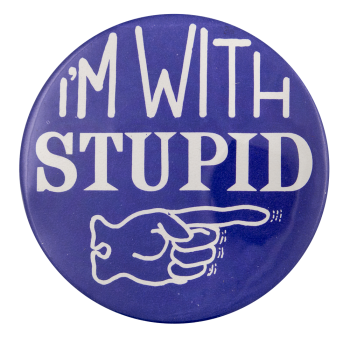Let's get V.D.
| Category | |
|---|---|
| Additional Images | |
| Text on Button | Let's get V.D. |
| Image Description | White text on a black background |
| Back Style | |
| The Shape | |
| The Size | |
| Additional Information | In 1971, Governor Frank Licht of Rhode Island announced a state-wide effort to reduce venereal disease which had reached high proportions in the state, going by the name, “Let’s Get V.D.” The three-month effort promoted an ongoing program of free and confidential medical assistance to persons affected by a venereal disease. The program came out over concerns of large number of people affected by venereal disease but not treated for it, which resulted in doubling of known cases of venereal disease. The program reached into schools, neighborhood health centers, hospitals and through public service messages in newspapers, on the radio, television, outdoor advertising and bus advertising. The program was directed at the 14-25 age group where the incidents of venereal disease were the greatest to let them know they could be treated without parental approval and in the strictest confidence. The program was meant to supplement efforts already underway to inform the public about the dangers of venereal disease and geared towards those who didn’t read newspaper articles or brochures already distributed in the state. The campaign purposely built shock into the message to draw the attention of people to the problem and how it can be treated in a confidential matter. The campaign and slogan went beyond Rhode Island as other states brought attention to the matter during National Pharmacy Week in 1971 on October 3-9. Other efforts included a VD telethon in Pennsylvania where a committee of high school students promoted the event with buttons with the slogan, “Let’s Get VD…Information,” posters, assemblies, student newspaper articles and public address announcements. |
| Sources |
Gov. Licht says let’s get V.D. (1971, February 5). The Archway, 31(17). Retrieved from https://digitalcommons.bryant.edu/cgi/viewcontent.cgi?article=1917&cont… National Pharmacy Week – 1971. (1972, February). Journal of the American Pharmaceutical Association, 12(2), 82-85. Retrieved from https://doi.org/10.1016/S0003-0465(16)32114-0 Syphilis increasing among teenagers. (1971, August 19). Fitchburg Sentinel. Retrieved from https://www.newspapers.com/newspage/45369066/ Venereal disease telethon set Saturday on WQLN. (1973, April 6). The Oil City Derrick. Retrieved from https://www.newspapers.com/newspage/68459281/ |
| Catalog ID | IB0266 |

